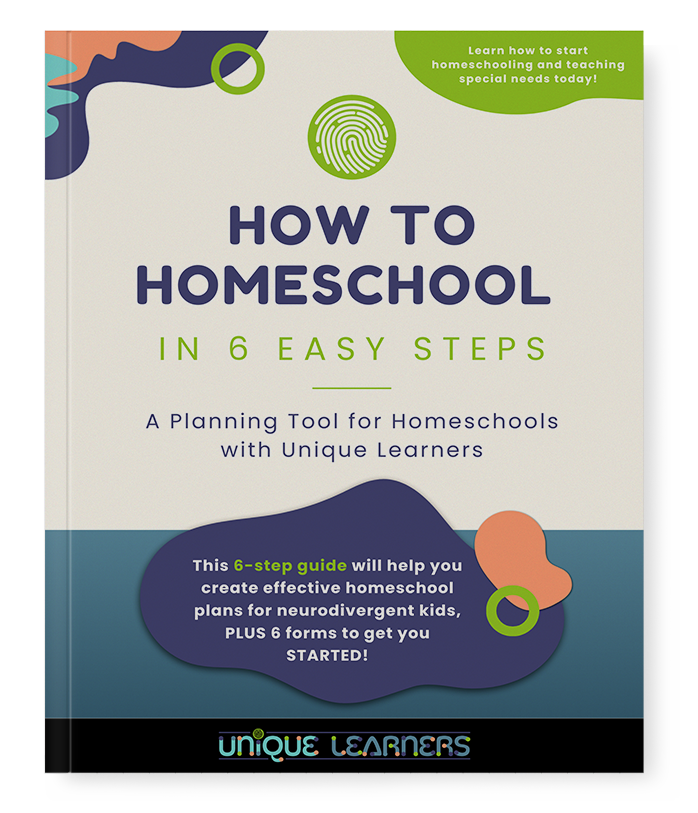If you have done any online searching at all on topics for dyslexia, autism, or other learning disabilities, you will likely have run across the term MULTISENSORY. So what does multisensory teaching or learning mean? And more importantly, what does it NOT mean?
Input and Output
First, let’s talk about how we get information into our brains and then show what we know. The learning process involves input and output. Passive learning takes information in without doing something with that information. Active learning involves both input and output.
There are 4 ways we input information into the brain: Visual, Auditory, Tactile, and Kinesthetic – sometimes shortened to VATK. Visual is processing in the brain what we see with our eyes (not just seeing). Auditory is processing in the brain what we hear with our ears (not just hearing). Tactile is processing in the brain what we feel with our skin, any part of our skin (not just writing). Kinesthetic is processing in the brain what we experience through movement, whole body movement (not just watching someone else move).
Output is demonstrating what we know and can do. Output involves speaking, writing, or doing – only those 3! This is how we know if a child has learned something. Written tests are not the only way to assess if learning has taken place! Charlotte Mason (with narration) and Maria Montessori (with meaningful hands-on exploration) were on the right track – even for older students!
You may have read in the homeschool world about Learning Styles. Learning Styles is an older theory that actually means learning preferences, or the ways your child PREFERS to take in information. The problem with instructing based on learning styles theory is that our brains don’t just learn in one preferred style. Our brains always receive information that comes through all five senses! When a child has a brain weakness in one of the sensory processing areas, learning will frequently be less effective. Teaching to the preferred style doesn’t improve the weaker brain processing areas either. Technology-base cognitive training may strengthen those brain processing skills. And to make academic learning more effective for ANY student, multisensory learning activities will ensure that input is processed in multiple places in the brain.
What does MULTISENSORY mean?
Multisensory teaching is planning and providing activities that involve all input modes as simultaneously as possible. Sometimes it is just too much to plan for visual, auditory, tactile, and kinesthetic activities to happen all at once. I get that! Creating a process for spelling and math that involves 3 senses at the same time is easy to plan! Multisensory learning just happens when the child actively participates in the planned activities!
In my next blog post, I will explain how YOU can make just about any activity into a more effective learning experience for your child by making it multisensory.
Happy Sensory Processing!
Sue Hegg

